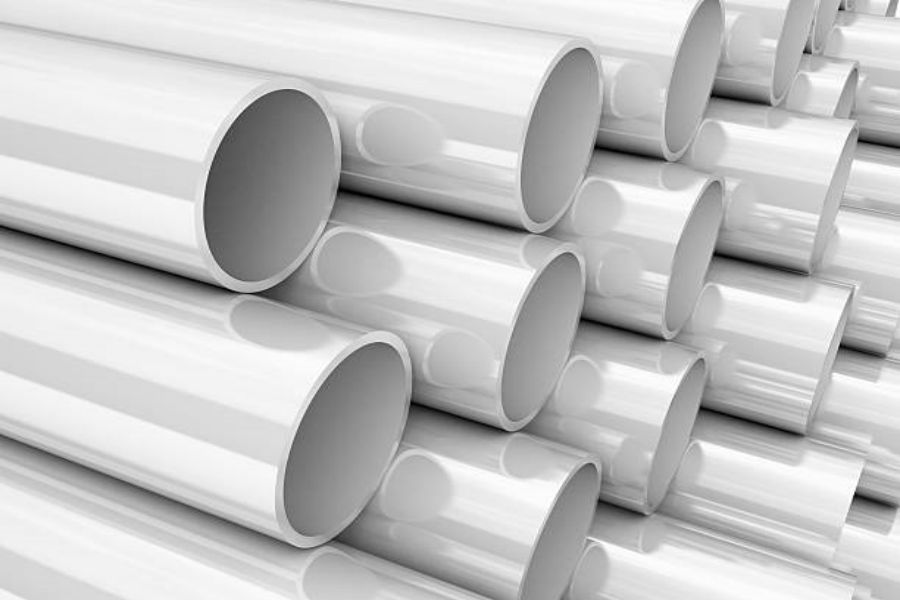Introduction:
pe poly pipe is an essential component of modern plumbing systems. In recent years, its popularity has exploded because of its superior performance and durability compared to traditional materials such as PVC and copper pipes. In this guide, we’ll explore the features and benefits of PE Poly Pipe, its types and sizes, as well as its installation process.
What is PE Poly Pipe?
PE Poly Pipe (Polyethylene Pipe) is a type of plastic pipe made from resin. It is flexible and can withstand high pressure, chemical exposure, and extreme temperatures. It is available in different sizes and can be used for various applications such as potable water, irrigation, sewage, and gas transmission.
Benefits of PE Poly Pipe:
Durability:
PE Poly Pipe is very durable and resistant to corrosion, abrasion, and impact. It is immune to chemical attack, so it can be used to transport various fluids and gases. It does not rust or crack and can last for decades.
Flexibility:
PE Poly Pipe is highly flexible, so it can be installed around corners or through walls without any joints or fittings. This feature reduces the risk of leakage and increases the system's efficiency.
Lightweight:
PE Poly Pipe is lighter than traditional materials such as PVC and copper pipes. This feature makes it easy to handle and install, reducing labor costs and time.
Eco-friendly:
PE Poly Pipe is made from a non-toxic material that is recyclable. This feature makes it an environmentally friendly option.
Types of PE Poly Pipe:
HDPE Pipe:
HDPE (High-Density Polyethylene) is the most common type of PE Poly Pipe. It is very strong, flexible, and can handle high-pressure applications. It is commonly used for potable water, gas transmission, and irrigation systems.
MDPE Pipe:
MDPE (Medium-Density Polyethylene) is a medium-strength PE Poly Pipe. It is commonly used for gas transmission and sewage systems.
LDPE Pipe:
LDPE (Low-Density Polyethylene) is the least strong of the three types. It is typically used for water diverting systems such as drainage and drip irrigation.
PE Poly Pipe Sizes:
PE Poly Pipe is available in a wide range of sizes, from ½ inch to 63 inches in diameter. The sizes are classified based on their outer diameter (OD). The size and application of PE Poly Pipe determine the required thickness, pressure rating, and material type.
Installation Process:
The installation process of PE Poly Pipe involves several steps:
1. Planning:
The first step is to plan the layout of the system and the required size and type of PE Poly Pipe. This process involves calculating the needed length, pressure rating, and fitting sizes for the project.
2. Ground Preparation:
The second step is to prepare the ground and create a trench or a borehole for the PE Poly Pipe. The trench should have a minimum depth of 18 inches and be free of sharp objects or rocks.
3. Pipe Unrolling:
The next step is to unroll the PE Poly Pipe alongside the trench or borehole. It should be done carefully to prevent any kinks or twists in the pipeline.
4. Fitting Installation:
The next step is to install the necessary fittings such as elbows, tees, and valves. This step should be done carefully to ensure a secure connection.
5. Joining:
PE Poly Pipe can be joined using several methods such as butt fusion, electrofusion, and mechanical couplers. The joining method should be chosen based on the required strength and durability.
6. Backfilling:
The final step is to backfill the trench with dirt and compact it. This process should be done slowly and carefully to prevent damage to the pipeline.
PE Poly Pipe Applications:
PE Poly Pipe is a versatile material that can be used for various applications such as:
1. Potable Water:
PE Poly Pipe is commonly used for potable water systems because of its durability, flexibility, and resistance to corrosion.
2. Gas Transmission:
PE Poly Pipe is used for gas transmission because of its strength and ability to handle high-pressure applications.
3. Irrigation:
PE Poly Pipe is used for irrigation systems because of its flexibility and ability to cover long distances without joints or fittings.
Conclusion:
PE Poly Pipe is an essential component of modern plumbing systems. It provides several benefits such as durability, flexibility, and eco-friendliness. Its different types, sizes, and applications make it a versatile material for various projects. The installation process involves several steps, starting from planning and ending with backfilling. Proper installation and maintenance can ensure the longevity of the system.

